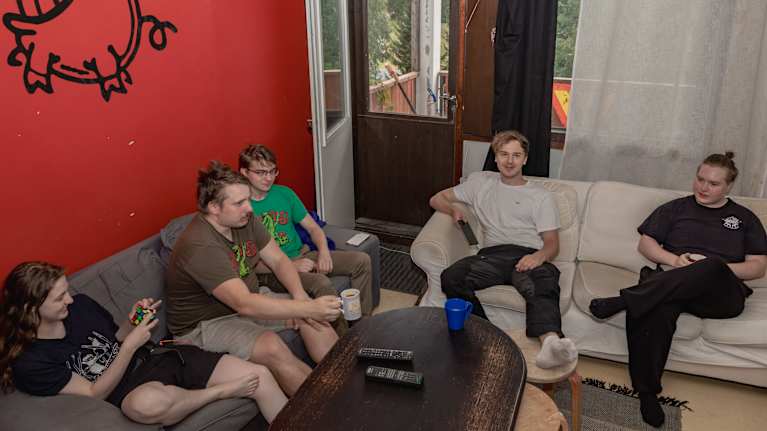The occupancy rate of Finnish student housing climbed to a record 97 percent last year.
That’s the highest figure since the metric has been tracked, beginning in 2016.
In practice, that means there are fewer apartments available on the market than ever before, the Finnish Associations of Student Housing Organisations (SOA) said on Wednesday. It pointed out that the number of students has grown faster than the supply of student housing.
"Since the coronavirus era, a new record has been set each year. This shows the growing demand," SOA Executive Director Lauri Lehtoruusu said in a press release. In 2020, the occupancy rate was 93.5 percent.
The demand for student housing is increasing due to the growth in the number of students and their financial situation.
Next autumn, students will be switched from housing allowances to student financial aid housing supplements, which will significantly cut their income.
As of August, a typical student's monthly housing assistance will drop by an estimated 60–100 euros due to the new arrangement.
Situation set to become even tighter next autumn
"Student housing is often the most affordable option. When finances are tight, people are more likely to apply for student housing and hold on to affordable housing. It is safe to assume that this year will see another record occupancy rate," Lehtoruusu predicted.
The group said that the high occupancy rate is good news for residents, as student housing rents are determined on a cost basis. When buildings are full, there are more people to share the costs so rents stay in check.
On the other hand, the situation is not helped by the cut in state investment grants, which is stifling the construction of new student housing, SOA said.
SOA's members include 21 non-profit student housing organisations, which are owned by foundations, municipalities, student unions or associations. Altogether these organisations own more than 45,000 rental apartments, most of them state-subsidised.
